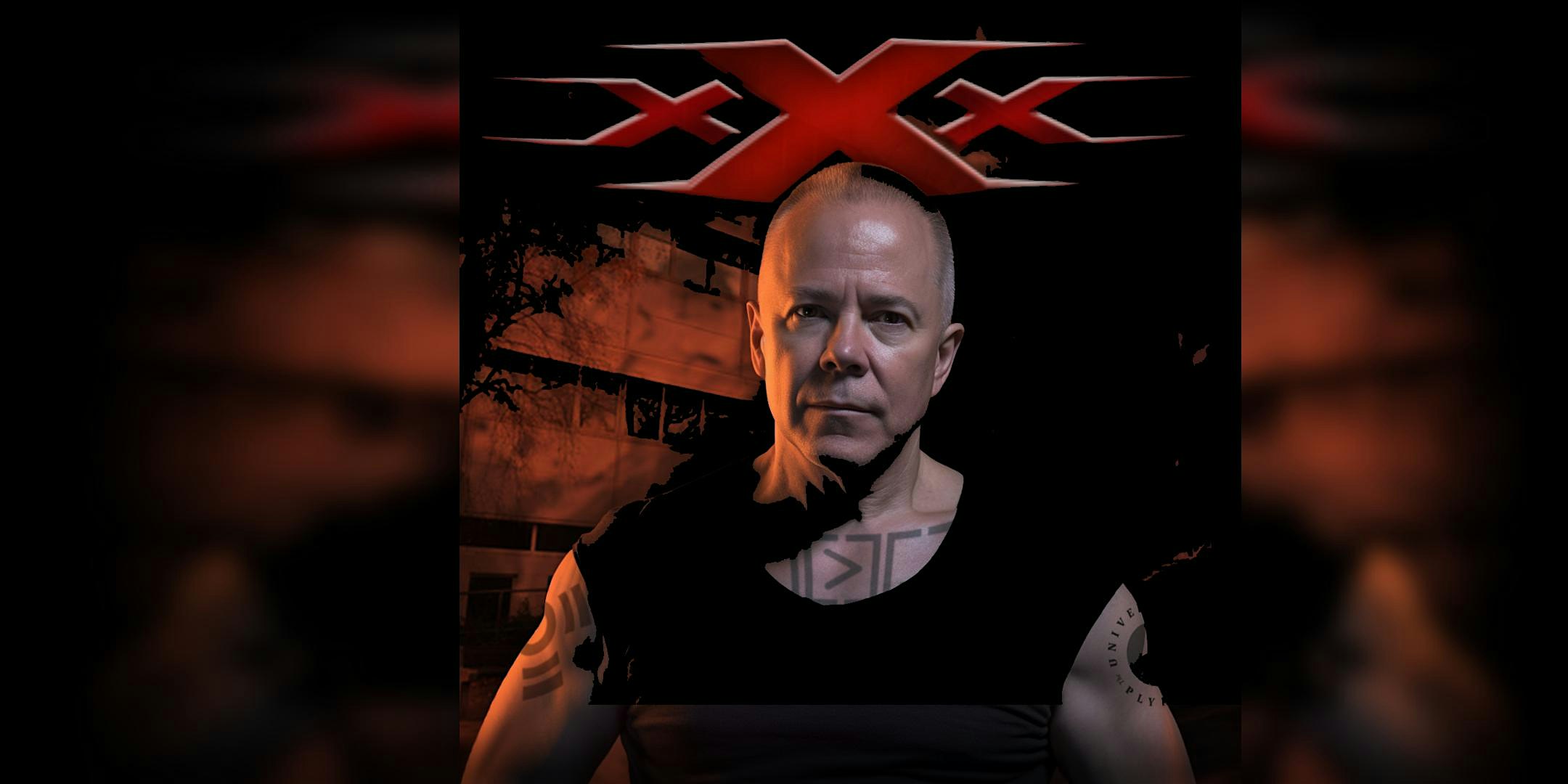
MLA/DAT XXX
A reunion of the University of Plymouth MLA and DAT graduates from across the decades.
Venue: Market Hall
Description
A reunion to bring us together, to celebrate and showcase some of the work that emerged through these courses since the 90s.
Prototype Schedule (beta version)
Address: Market Hall Plymouth Duke St, Devonport, Plymouth PL1 4PS
Boot sequence
18:00 Arrive: Power up
Complementary drink will be available on arrival (alcoholic & non-alcoholic options will be available) there will also be a full paying bar avaiable with selection of drinks.
19:00 Welcome: Desktop Launch (Mike)
19:10 Apollo: Lightning talks 30mins (6 x 5mins in the Dome)
Representing the last 3 decades/X/XX/XXX.
MLAX: George Hazelwood
MLAXX: Sam Kinsley
MLAXX: Ella Romanos
MLAXX: Aaron Yates
MLAXX: Isabel Mack
MLAXXX: Lana Pericic
19.40 Grab some food
The food offering will a buffet style selection of various Mediterranean inspired dishes. Mostly vegan and vegetarian alongside plenty of good bread from the almond thief bakery in Plymouth.
20:00 Fulldome Screenings: 45mins
Team3: https://www.team-3.co.uk/. Interactive and participatory Fulldome Project.
i-DAT bits and bytes. A selection of Fulldome projects. https://i-dat.org/ivt/
21:00 Telematic Performance/Scratch Orchestra: 20mins (in the Dome) Mike Phillips & Andy Prior:
Telematic Performance/Scratch Orchestra From the original Multimedia Workshop 1, MEDA110 (circa 1993).
Telematic Performance: Mike Phillips
Working in groups select an image (A4). Devise a system for transferring the image from one location to another. Each person will mark a stage in the transfer which will require the image to be coded and decoded. Each stage will be different from any other stage in the process. The process should last approximately 5 minutes. Look at: FAX machines/Modems/T.V./Film & slide projectors. You can’t use any of these. (A slide projector may be used as a light source but not for projecting slides). Semaphore/Morse code/shadows/grids. You might want to use some of these. Think about: Your audience, presentation, genre, style, timing…..
Scratch Orchestra: Andy Prior
Working in small groups, using only found objects, none of which should be purpose built musical instruments, create and perform live a short sound piece. The piece should be carefully constructed and scored using the intrinsic qualities of the objects. Consideration should be given to the material, construction and of course sound of the object. The purpose of this exercise is to explore the structure (audio and temporal) of sound, its manipulation, construction, and performance.
22:00 MLA/DAT Quiz: Adam & James
Start getting your teams together and researching Plymouth in the 90s/00s/10s
23:00 Shut Down
